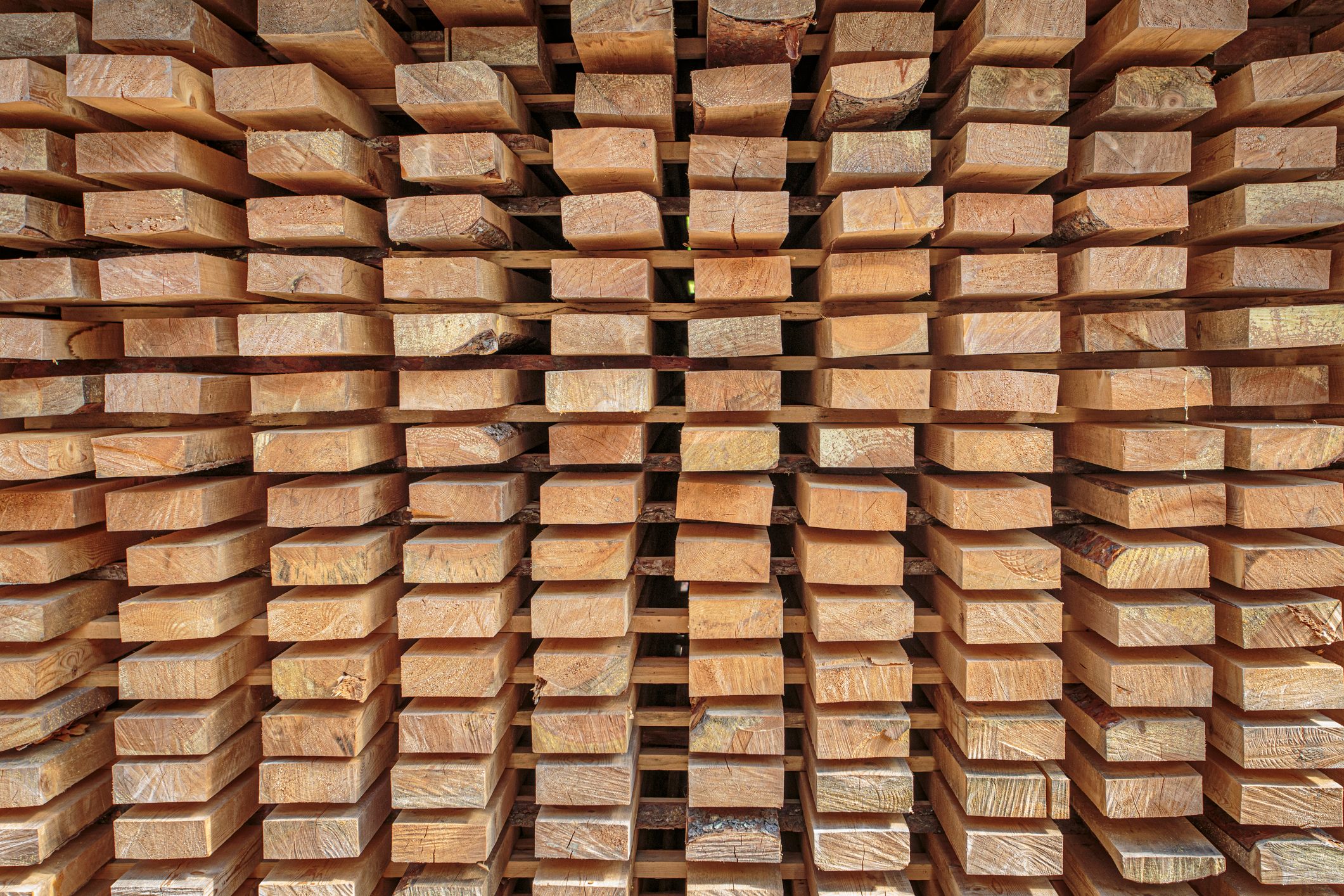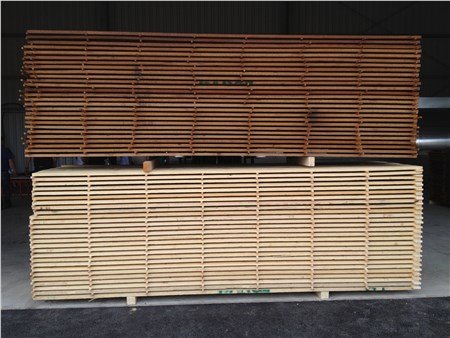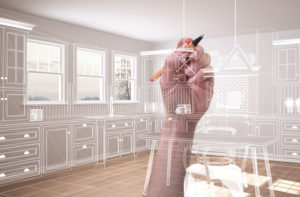When we talk about wood processing, one of the terms we often hear is “vaporization.” But why is it so important? In this article, we will explore why it is crucial and the processes involved in wood vaporization.
Effects of Wood Vaporization
Freshly cut wood has non-uniform moisture conditions because the amount of water is not evenly distributed along the entire trunk. To facilitate better drying (and prevent the risk of harmful tensions), it is necessary to homogenize it. As we will see later, this is possible through wood vaporization, which also gives the trunk a uniform natural color.
However, the benefits of expertly executed vaporization go beyond color uniformity and the steam present on the trunk. This process softens the wood tissues, making it easier to work with veneer or a slicer to obtain thin sheets for decorative veneers or plywood.
It’s important to note that vaporization can remove soluble substances contained inside (such as starch, sugars, and tannins) that could lead to fungal formation over time or insect infestation, causing irreversible damage to wooden artifacts.
Vaporization treatment is typically applied to certain species such as Beech, Cherry, Walnut, and some tropical species.
In summary, the advantages of wood vaporization include:
- The ability to plasticize wood even in-depth
- Neutralizing the action of fungi and bacteria
- Achieving color uniformity
- Allowing excellent results in bending
- How Wood Vaporization Is Done
To undergo expertly executed vaporization, the wood must be freshly cut, either in logs (for slicing or veneering) or in sawn form. Immediately after debarking, the trunk is exposed to a jet of steam at 100°C. Vaporization processes are carried out inside special chambers and can involve:
- Direct vaporization
- Indirect vaporization
With direct vaporization, steam is introduced into the vaporization chamber through a series of perforated tubes placed under the wood stack. The steam must be saturated or nearly saturated and expand in the cell until it reaches atmospheric pressure. If saturated steam is not available, it is essential ““““““““““to humidify it. In this case, steam is blown towards the water in a channel located under the steam pipe, positioned so that the holes face the floor.

Indirect vaporization can, in turn, involve two different systems: traditional or direct burner. In the first case, steam production inside the chamber occurs through the boiling of water in special stainless steel tanks arranged below floor level. The tanks are located on three sides (excluding the one with the door) and under the stack. Inside them is a traditional heating battery, with overheated water or steam acting as a heat agent. In the case of indirect vaporization with a direct burner, the inside of the tanks contains a heating battery activated by the flame of a gas burner. In both cases, it is necessary to maintain a constant water level in the tanks.
Direct Vaporization System vs. Indirect Vaporization System
In direct vaporization, the construction of the piping system is simpler, although it requires saturated steam at low pressure.
Among the advantages of indirect vaporization, we find a mild treatment of wood, preventing and reducing the risk of potential damage. Additionally, there is the possibility of condensate recovery, offering a clear advantage in terms of energy savings.
In both cases, the entire system is controlled by a microprocessor, developed directly by WDE Maspell. This allows constant monitoring of each step of the vaporization process, with the ability to foresee personalized programs for each cycle based on the wood type. Each program can be encoded and recalled later, optionally modified, for use in subsequent cycles. Specific sensors for temperature detection in the chamber and at the core of the wood are used to ensure optimal vaporization cycles. This precise control ensures that the wood is ready and perfect for any future processing.”





